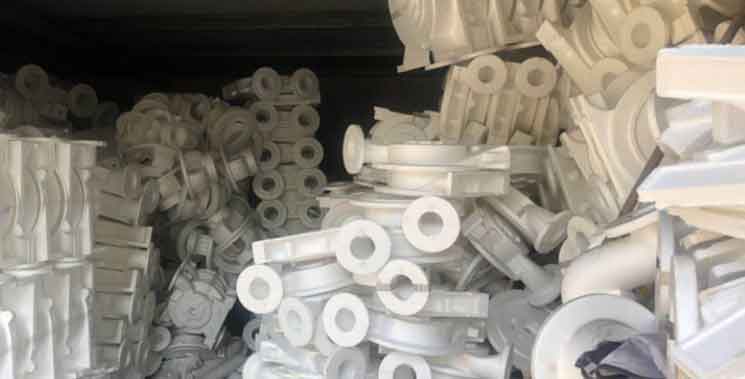
Investment casting has made significant contributions to the automotive industry by driving innovation and improving performance. Automotive manufacturers utilize investment casting for a wide range of components, ranging from engine parts to suspension systems. Here are the key ways in which investment casting has impacted the automotive industry:
- Weight Reduction and Fuel Efficiency: Investment casting enables the production of lightweight components with complex shapes and thin walls, helping automotive manufacturers achieve weight reduction objectives. Lighter components contribute to improved fuel efficiency, reduced emissions, and enhanced overall vehicle performance.
- Complex Geometries and Design Freedom: Investment casting allows for the creation of complex geometries and intricate designs that are difficult to achieve with other manufacturing processes. This flexibility in design enables automotive engineers to optimize component performance, improve aerodynamics, and integrate multiple functions into a single part.
- Strength and Durability: Automotive components produced through investment casting exhibit high strength and durability. The use of high-quality materials, such as stainless steel, carbon steel, and superalloys, ensures that components can withstand the demanding conditions of automotive applications, including engine heat, mechanical loads, and corrosive environments.
- Integration and Consolidation of Components: Investment casting facilitates the integration and consolidation of multiple components into a single casting, eliminating the need for separate parts and reducing assembly operations. This integration not only streamlines the manufacturing process but also improves component reliability and reduces the risk of failure at joints or interfaces.
- Improved Performance and Efficiency: Investment casting allows for the creation of components with optimized shapes, internal passages, and cooling channels. This optimization enhances the performance and efficiency of automotive systems, such as engine components, turbochargers, exhaust manifolds, and brake calipers.
- Cost Savings and Production Efficiency: Investment casting can offer cost savings in automotive manufacturing. The near-net-shape or net-shape production capability reduces the need for extensive machining operations, resulting in lower material waste, reduced labor costs, and shorter production cycles. Additionally, the ability to produce complex components as a single piece reduces the overall part count and simplifies assembly processes.
- Customization and Tailored Solutions: Investment casting allows for customization and tailored solutions in automotive applications. Automotive manufacturers can design components to meet specific performance requirements, optimize weight distribution, and integrate advanced features. This level of customization enhances overall vehicle performance, safety, and comfort.
- Innovation and Advancement: Investment casting drives innovation in the automotive industry by enabling the development of new component designs and materials. The process supports the exploration of alternative alloys, lightweight materials, and advanced manufacturing techniques, contributing to the continuous improvement of automotive systems and technologies.
Investment casting has revolutionized the automotive industry by providing a precise, versatile, and cost-effective method for producing high-quality components. The ability to create complex shapes, optimize designs, reduce weight, and integrate multiple functions has led to improved vehicle performance, fuel efficiency, and overall customer satisfaction. Investment casting continues to drive innovation and play a vital role in the ongoing advancement of automotive technology.
